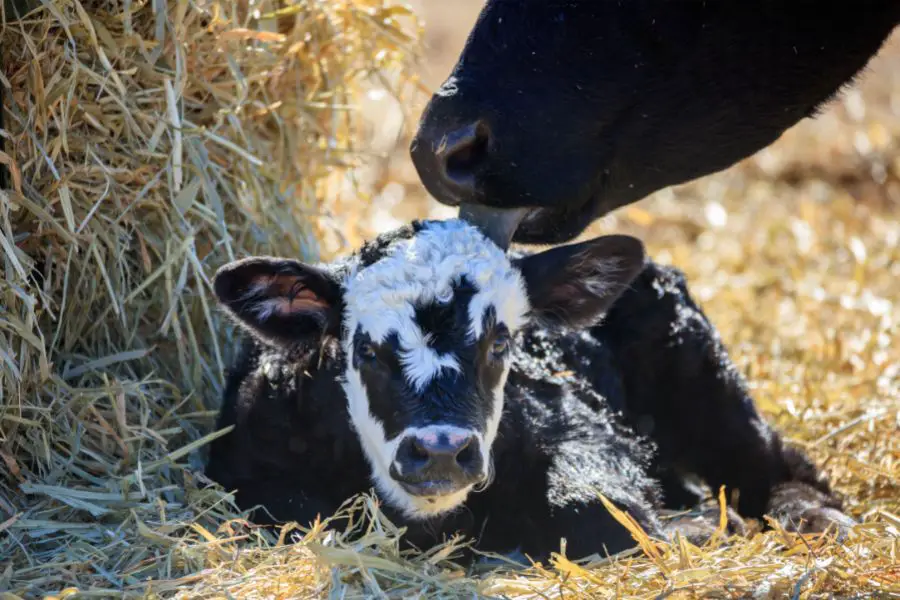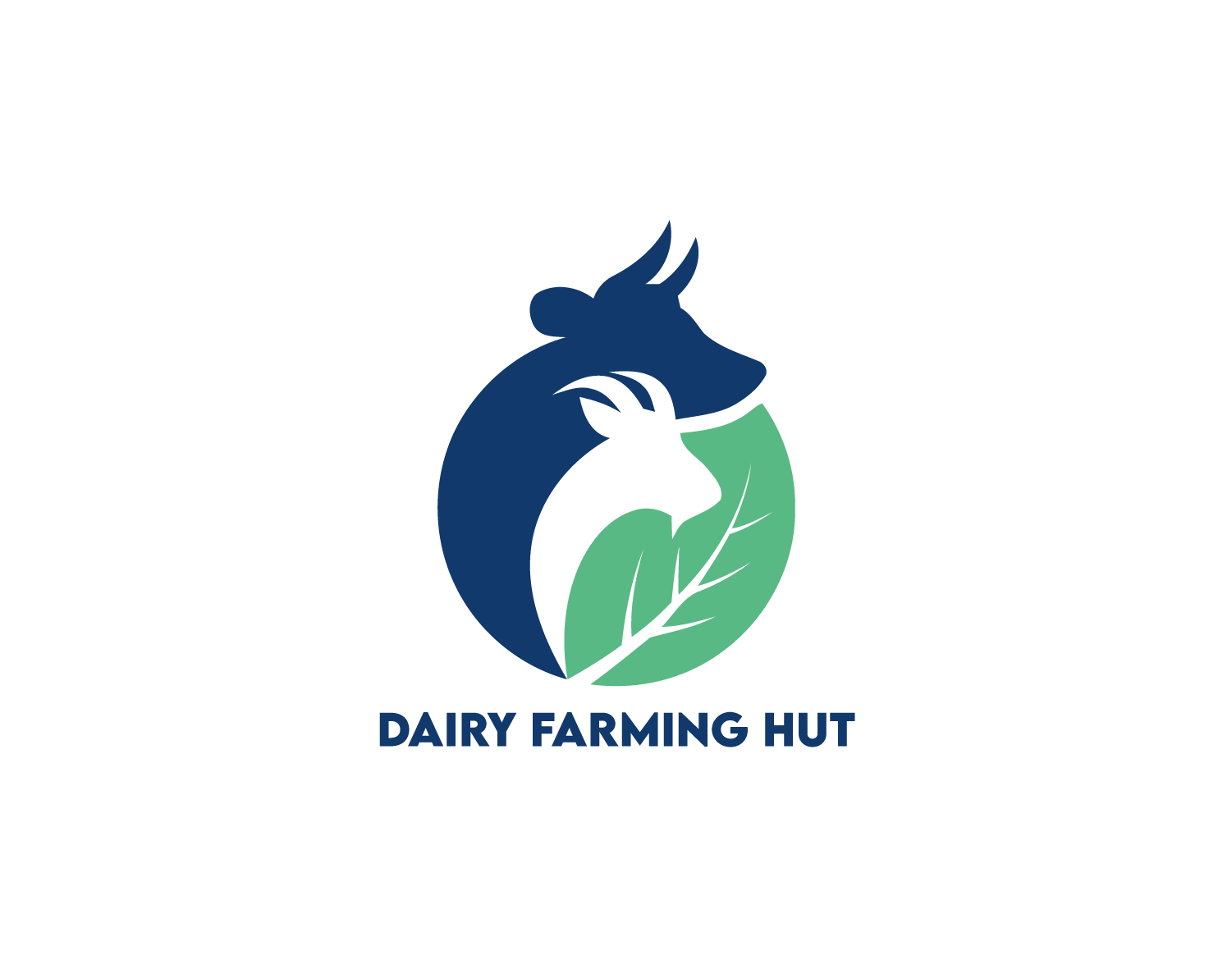One of the biggest criticisms big commercial dairy farms face is that calves are taken from their mothers when they are just a day old. It is understandable in economic terms because the milk the calves drink eats into the farmer’s profit margin. However, it does not make it any less cruel.
The least stressful way to wean a calf from its mother is using a technique called fenceline weaning. Calves and dams are kept in the same pasture for a few days to acclimate. After that, they are separated by a sturdy wire fence (sometimes with an electric wire) for five days to prevent suckling.
There are a few different ways to wean calves from their mothers, but many small to medium-scale dairy farmers agree that fenceline weaning is, hands down, the best approach. This article explains why the method works so well and describes how to do it.
How Do You Wean A Calf From Its Mother?

To start the weaning process, separate the dams from the calves. It’s a good idea to leave a few dry cows with the calves to calm them down. This also makes it easier to move the calves.
Move the calves to the weaning pasture and the dams to the low-quality pasture or dry lot next to it. There will be a bit of unrest in the herd at this stage, but they will soon learn where the water and food are and eventually calm down.
If there isn’t enough grass to feed the calves for the whole weaning period, start them off on grain feed. Supply 1 to 3 pounds per calf per day. It’s best to divide this into two feedings: morning and afternoon.
Gradually increase the amount of grain for the calves over 10 to 14 days. After seven days, you can offer the calves hay too. You will soon notice the calves growing heavier!
Move the cows away from the calves after 4 or 5 days. Sometimes, they are ready to go after 3 days. Keep an eye on the animals’ behavior and use common sense. You know your cows best and will know when they are ready for separation.
Disadvantages Of Conventional Weaning On Dairy Farms
Weaning is a stressful time for cows, calves, and farmers. It never feels good to separate a mother from her baby, and the animals’ distress is obvious in their behavior.
Traditional weaning on dairy farms involves completely and abruptly separating calves from dams. They cannot see each other or interact. This is usually done a day after calves are born.
Cows and calves balk and bellow non-stop for days and pace up and down their enclosures. They even stop eating and lose weight and condition.
The horrible consequences of conventional weaning are causing many smaller, family-run dairy farms to turn to newer, more humane weaning techniques.
What Is Fenceline Weaning?
Fenceline weaning, AKA nose-to-nose weaning, is a method that allows calves to stay alongside their mothers but prevents them from suckling. Sometimes this method is called “silent” weaning because it reduces balking and bellowing significantly.
The calves and dams are kept in the same pasture, and they can see and hear each other through a fence. It usually only takes 3 to 5 days of separation until they calm down and the cows can be moved away.
The type of fence used is usually a three- or five-strand fence. However, sometimes calves can still nurse through a fence, so a single strand of the fence should ideally be electrified.
Water and feed troughs are lined up on both sides of the fence line, where the cows and calves would naturally congregate.
Prepare For Fenceline Weaning
Before the weaning process can begin, there is some preparation work that needs to be done. First, the calves must be dewormed, vaccinated, and castrated a few weeks before the start of weaning.
It’s a good idea to run a single electrified wire along one of the fencelines where the cows and calves are kept. The calves should spend a few weeks getting used to the shock that they can get if they touch the fence line. Usually, a charge of 2500 volts is enough to keep the calves from trying to get through.
The weaning pasture or lot needs to be prepared well in advance. Ensure there is adequate green forage for the calves, organize the water supply, and provide an area where grain or dry feed can be delivered. Install the weaning fence in the weaning pasture and double-check the voltage.
Ensure that there is a dry lot or low-quality pasture next to the weaning pasture. This also needs to have a water and feed supply. The lower-quality grazing will help the dams dry up.
Advantages Of Fenceline Weaning
There are several pros to the fenceline weaning method:
At What Age Should You Wean Calves?
Technically, calves can be weaned as soon as their rumen is fully developed, and they can eat solid food. This is generally around 3 to 4 weeks old.
However, the development of their digestive system is not the only consideration! Weaning calves early cuts feed costs and increases profit margins, but it is not necessarily the best thing for the animals!
Ideally, calves should be weaned when they are between 4 and 6 months old. This ensures that they develop healthily and gain lots of weight after weaning. Allowing calves to stay with their mothers for longer is far more humane.
How Long Do Cows Take To Dry Up After Weaning?
Generally, it takes around 30 days for a cow’s milk production to stop after weaning. The time it takes depends on their nutritional intake and how much water they drink.
To speed up the time it takes for cows to dry up, feed them a low-calorie, high-fiber diet. A lower nutrient consumption means the cows will have fewer resources to produce milk.
Do not feed cows grain or high-energy feed like alfalfa. It is best to stick to grass hay or even straw for high-producing dairy breeds.
When Do Calves Wean Naturally?
If we left it up to the cows to decide when to wean their calves, the process would naturally happen between 8 and 10 months old. Sometimes, it can take up to a year for natural weaning to be fully completed.
Conclusion
The great thing about having a smaller-scale dairy farm is that you can go about the weaning process in a far more humane (and less noisy) way. Fenceline weaning calves from their mothers when they are 4 to 6 months old is ideal. The cows and calves will be much happier and healthier!
